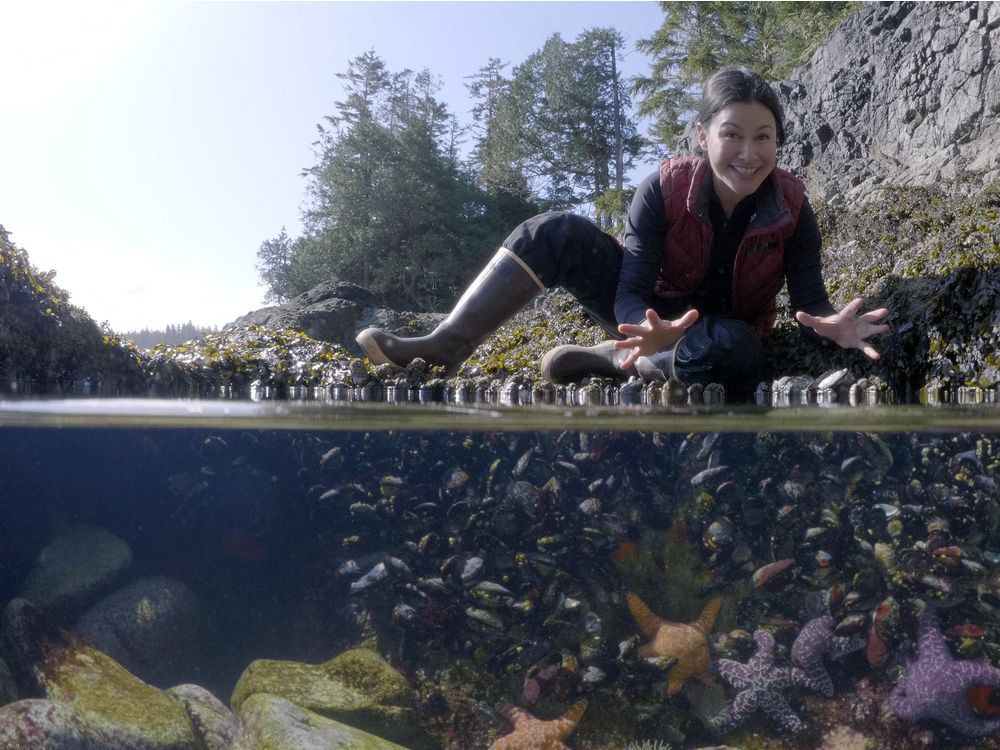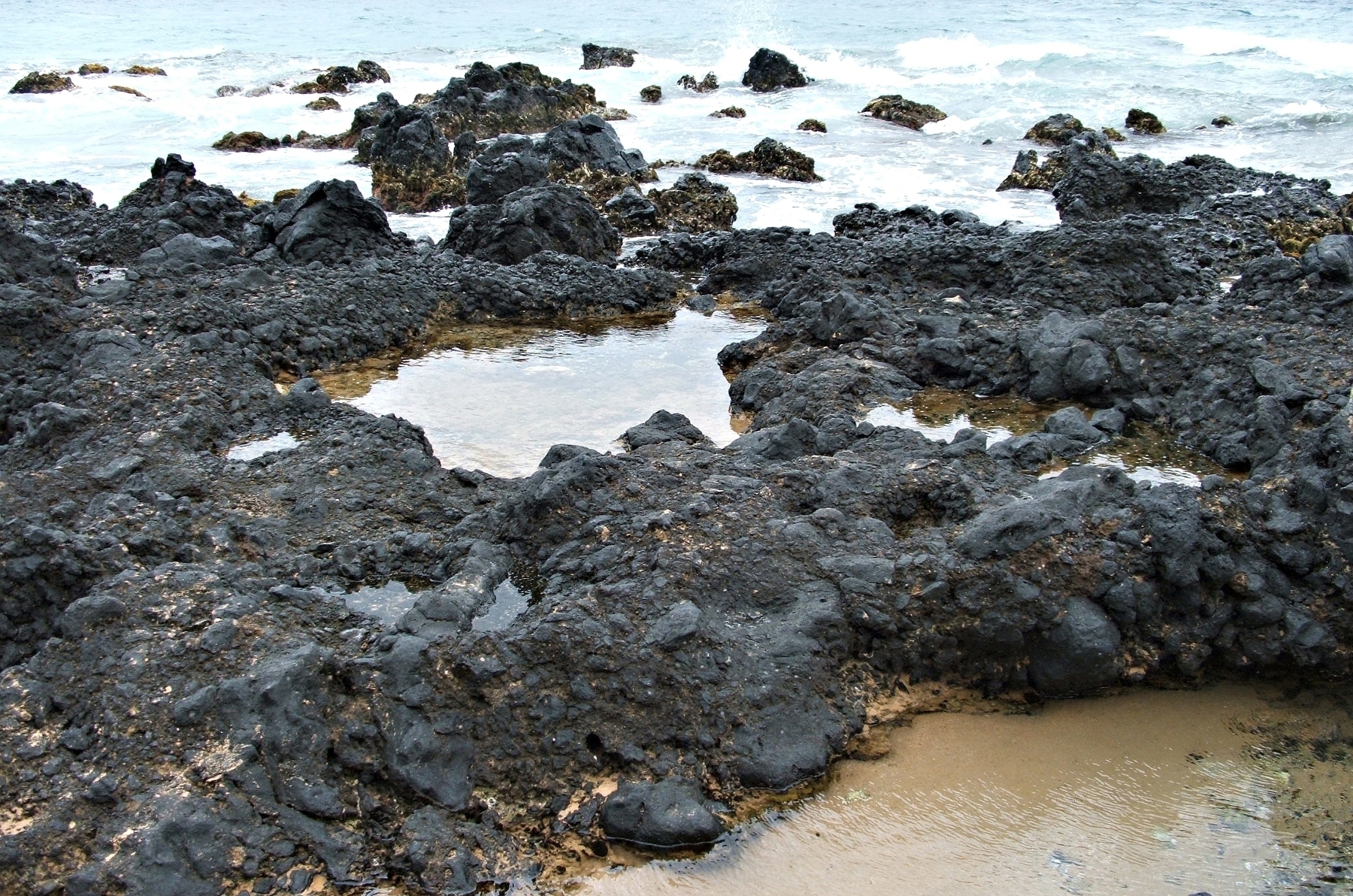A tide pool within Monterey Bay National Marine Sanctuary. Intertidal zones exist anywhere the ocean meets the land, from steep, rocky ledges to long, sloping sandy beaches and mudflats that can extend for hundreds of meters. Four physical divisions, each with distinct characteristics and ecological differences, divide the intertidal zone.
The Nature of Things peers into intertidal worlds of Canada’s coastline | Vancouver Sun
The black abalone ( Haliotis cracherodii) is one of several abalone species, a type of marine snail, that occurs in California coastal waters. Black abalone typically occur in rocky intertidal habitat, the area between high and low tides.

Source Image: archdaily.com
Download Image
Oct 19, 2023A coastline’s physical features, such as a wide sandy beach or a rocky cove, along with the depth of the water just offshore, affect the height of the tides. Tides affect marine ecosystems by influencing the kinds of plants and animals that thrive in what is known as the intertidal zone —the area between high and low tide.

Source Image: stock.adobe.com
Download Image
Coastline series | Israel Tours The intertidal zone or foreshore is the area above water level at low tide and underwater at high tide: in other words, the part of the littoral zone within the tidal range.This area can include several types of habitats with various species of life, such as seastars, sea urchins, and many species of coral with regional differences in biodiversity. . Sometimes it is referred to as the littoral

Source Image: shutterstock.com
Download Image
What Is Unique About The Intertidal Coastline
The intertidal zone or foreshore is the area above water level at low tide and underwater at high tide: in other words, the part of the littoral zone within the tidal range.This area can include several types of habitats with various species of life, such as seastars, sea urchins, and many species of coral with regional differences in biodiversity. . Sometimes it is referred to as the littoral Intertidal Field Guide. View the text alternative for the Intertidal Field Guide. This intertidal guide can be printed and folded to use on a self guided trip at Cabrillo. It was created through the support of the Cabrillo National Monument Conservancy. This guide was adapted from: “Life Between the Tides” by: Brandon & Rokop.
Intertidal Zone Photos and Images & Pictures | Shutterstock
The intertidal zone is a unique and vital part of our ecosystem where the land and sea meet, creating a dynamic environment that is home to a diverse array of fascinating creatures. Tide pools, a type of intertidal habitat, provide a microcosm of marine life and are home to thousands of species. Top 10 Best Places to Propose in California | Flytographer

Source Image: flytographer.com
Download Image
Road Trip: Driving the Oregon Coast – Follow That Nerd The intertidal zone is a unique and vital part of our ecosystem where the land and sea meet, creating a dynamic environment that is home to a diverse array of fascinating creatures. Tide pools, a type of intertidal habitat, provide a microcosm of marine life and are home to thousands of species.

Source Image: followthatnerd.com
Download Image
The Nature of Things peers into intertidal worlds of Canada’s coastline | Vancouver Sun A tide pool within Monterey Bay National Marine Sanctuary. Intertidal zones exist anywhere the ocean meets the land, from steep, rocky ledges to long, sloping sandy beaches and mudflats that can extend for hundreds of meters. Four physical divisions, each with distinct characteristics and ecological differences, divide the intertidal zone.

Source Image: vancouversun.com
Download Image
Coastline series | Israel Tours Oct 19, 2023A coastline’s physical features, such as a wide sandy beach or a rocky cove, along with the depth of the water just offshore, affect the height of the tides. Tides affect marine ecosystems by influencing the kinds of plants and animals that thrive in what is known as the intertidal zone —the area between high and low tide.

Source Image: israel-tourguide.info
Download Image
Tourists Explore The Intertidal Zone Along The Coast Of Wanlitong In Kenting National Park, Pingtung, Taiwan. Stock Photo, Picture and Royalty Free Image. Image 180249709. The high intertidal zone is flooded during the peaks of the once or twice daily high tides, and out of the water for long stretches of time in between. Here plants and animals are used to living above the water surface. Mid Intertidal Zone. The middle intertidal zone is generally submerged, except for a period during the turn of low tide.

Source Image: 123rf.com
Download Image
Big Picture: Oregon’s Seastacks & Intertidal Zones The intertidal zone or foreshore is the area above water level at low tide and underwater at high tide: in other words, the part of the littoral zone within the tidal range.This area can include several types of habitats with various species of life, such as seastars, sea urchins, and many species of coral with regional differences in biodiversity. . Sometimes it is referred to as the littoral

Source Image: coastexplorermagazine.com
Download Image
Tide Pool Habitat on a Rocky Lava Coast | U.S. Geological Survey Intertidal Field Guide. View the text alternative for the Intertidal Field Guide. This intertidal guide can be printed and folded to use on a self guided trip at Cabrillo. It was created through the support of the Cabrillo National Monument Conservancy. This guide was adapted from: “Life Between the Tides” by: Brandon & Rokop.

Source Image: usgs.gov
Download Image
Road Trip: Driving the Oregon Coast – Follow That Nerd
Tide Pool Habitat on a Rocky Lava Coast | U.S. Geological Survey The black abalone ( Haliotis cracherodii) is one of several abalone species, a type of marine snail, that occurs in California coastal waters. Black abalone typically occur in rocky intertidal habitat, the area between high and low tides.
Coastline series | Israel Tours Big Picture: Oregon’s Seastacks & Intertidal Zones The high intertidal zone is flooded during the peaks of the once or twice daily high tides, and out of the water for long stretches of time in between. Here plants and animals are used to living above the water surface. Mid Intertidal Zone. The middle intertidal zone is generally submerged, except for a period during the turn of low tide.